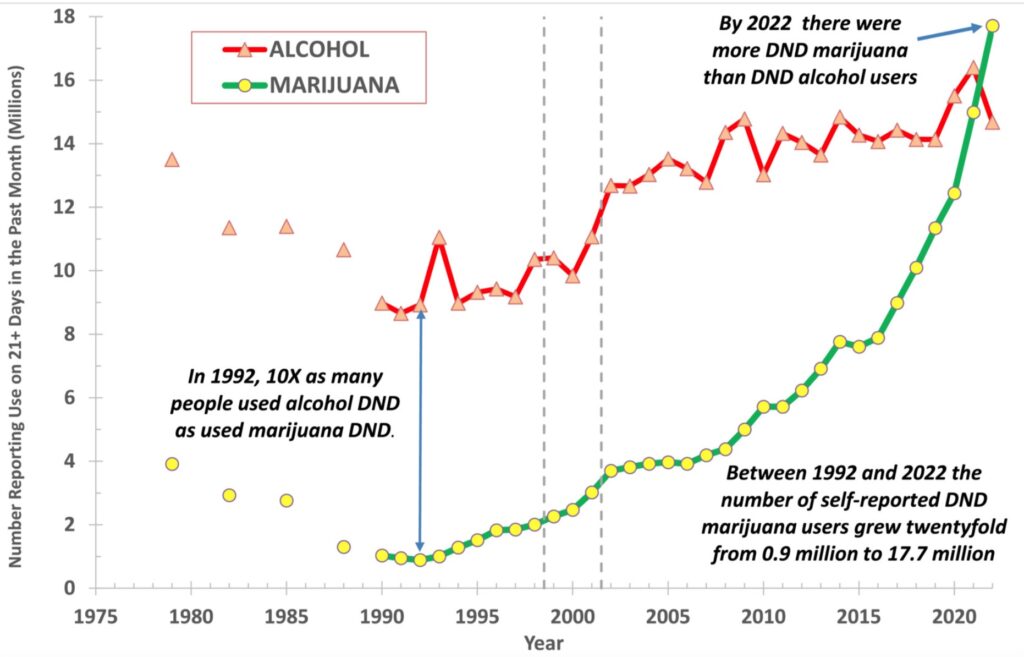Our Children’s Trust, an environmental litigation group, just lost in the Ninth Circuit Court of Appeals on a similar argument about climate change, kids, and fossil fuels, but is back at it with a narrower version.
Yet another group of youth, ages 11-22, have been signed up as plaintiffs in a lawsuit involving energy, the environment, climate change, and the young people’s imagined rights to their livelihoods.
On Wednesday, Our Children’s Trust filed the suit in Anchorage Superior Court that alleges an Alaska statute that promotes the development of fossil fuels absolutely infringes on young people’s rights and constitutional protections, due to the release of “greenhouse gases.”
“This is a facial challenge under Article VIII and Article I, section 7 of Alaska’s Constitution to AS § 31.25.005(1) and (5). Amidst Alaska’s worsening climate crisis, these laws unconstitutionally mandate the development and advancement of the Alaska Liquified Natural Gas Project (the “Alaska LNG Project” or the “Project”), which would substantially increase Alaska’s climate pollution for decades to come, causing existential harms to the lives, health, safety, and cultural traditions and identities of Alaska’s youth, and substantially limit their access to the vital natural resources upon which they depend,” the lawsuit reads.
The plaintiffs seek a declaratory judgment against the State of Alaska; the Alaska Gasline Development Corporation, and AGDC President, Frank Richards, saying that the youth have a right to a climate system that “sustains human life, liberty, and dignity under Article VIII and Article 1, section 7 of Alaska’s Constitution.”
“Every additional ton of climate pollution causes further harm and endangerment to Alaska’s youth and brings Alaska closer to fast-approaching, irreversible climate tipping points. A substantial portion of every ton of CO2 pollution stays in the atmosphere for millennia trapping heat. Every ton of climate pollution that is avoided lessens the accumulation of heat that is trapped on Earth and therefore lessens the future harm to Youth Plaintiffs,” the lawsuit reads.
“At a time when the scientific consensus requires that climate pollution must be rapidly reduced to avert further and irreversible climate harms to Alaska’s youth, AS § 31.25.005(1) and (5) unconstitutionally direct AGDC to develop and advance the Alaska LNG Project, which would unleash vast quantities of fossil gas from Alaska’s North Slope and substantially increase Alaska’s emissions of climate pollution. The Alaska LNG Project is intended to operate for at least thirty years and would ensure continuing and substantially elevated levels of climate pollution for decades, locking in increasing and worsening harms to Youth Plaintiffs,” the lawsuit argues.
AGDC’s commented that the Alaska LNG project will respond in court after reviewing the lawsuit.
“AGDC is directed by Alaska statute to commercialize North Slope natural gas because of the substantial environmental, economic, and energy security benefits it unlocks for our state. Alaska LNG has withstood intensive environmental scrutiny by two successive administrations because of its obvious and abundant benefits, which include reducing global emissions by up to 2.3 billion tons and finally ending longstanding air quality problems plaguing Interior Alaska villages and communities. We’ll review this claim and respond accordingly,” AGDC said in a statement.
Fossil fuels are compound mixtures made of decomposed plants that are millions of years old. It is a natural substance the earth creates and is not made of fossils but from things like algae, bacteria, and plants. It is as “organic” as burning wood for heat.
The earth has significantly cooled in the past 56 million years since the Eocene period, when palm trees grew in the region now known as Alaska and crocodiles swam arctic waters.
Alaska Attorney General Treg Taylor called the lawsuit “misguided” in an email to Reuters, adding that LNG development in Alaska “is subject to the most stringent environmental standards in the world.”
Taylor told Reuters he is confident the courts will uphold the law that allows the Alaska Gasline Development Corporation project to pursue building a 800-mile gasline from the North Slope to Nikiski. AGDC has been working on the project for years and through three gubernatorial administrations, now hoping to be operational by 2030.









